In this episode of ITWeb TV, Andile Ngcaba, executive chairman and co-founder of Convergence Partners, discusses the dire need for South Africa’s ICT laws to be fundamentally changed to respond to the current social, economic and technological evolution.
The rise of Web3 business models prompts the dire need for most of the laws governing South Africa’s ICT sector to be scrapped and new laws formulated.
This is according to Andile Ngcaba, executive chairman and co-founder of Convergence Partners and president of Digital Council Africa.
Talking to ITWeb TV about SA’s ICT landscape, he said it’s shaped by a booming digital economy, a ripe telecoms sector and growing investments in connectivity infrastructure.
As SA embraces digital transformation, ICT laws need to be fundamentally changed, to respond to the current social, economic and technological evolution unfolding in the country, he stated.
Various laws − including the Electronic Communications and Transactions Act 25 of 2002, Telecommunications Act of 1996 and South African Post Office Act of 2013 − have been outpaced by the expeditious evolution of technology, resulting in regulatory and enforcement challenges for government and local businesses, Ngcaba pointed out.
“We need new policies in the ICT sector – not for them to be amended. These existing laws are moribund and old, and they need to be shredded, put in the dustbin, and new laws need to be written.
“If you look at the current laws, most of these were done in the period between 1994 and 2003. Remember, there was the establishment of the Independent Broadcasting Authority Act and Independent Communications Authority of South Africa (ICASA) Act, which were then combined to establish ICASA and the State Information Technology Agency. 25 years later, you can’t even amend these laws; you need to create new laws.
“If you take, for example, artificial intelligence, data and applications, blockchain and technologies relating to submarine cables, non-terrestrial networks, low- and high-altitude platforms, you cannot use existing laws to govern them – which we as government wrote, pioneered and championed as the first democratically-elected government of SA, together with the public sector.”
Communications minister Solly Malatsi previously told ITWeb about plans to engage the ICT sector and amend some of the existing laws, in order to create a conducive environment for efficiency and ensure policy is inclusive of all the key players.
As the ministry responsible for policy development for the ICT sector, the Department of Communications and Digital Technologies has several policy interventions in the pipeline. These include the gazetting of the National Data and Cloud Policy, as well as the National AI Policy Framework.
Andile Ngcaba, executive chairman and co-founder of Convergence Partners and president of Digital Council Africa.
Ngcaba is a technologist and has been actively involved in ICT public policy development nationally, throughout the continent and globally, for more than 40 years.
He was appointed as the first communications director-general of the democratically-elected government in 1994. Ngcaba was part of the team that established the Centre for Development of Information and Telecommunications Policy, which was instrumental in training and skills development of historically-disadvantaged South Africans in the ICT sector.
He left government in 2003, to pursue a career in the private sector.
Ngcaba noted the process of drafting and approving a new law often takes between one year and 18 months.
“[Government] could run consultation processes with the entire ecosystem and create new legislation. Look at some of the laws today; data for instance, the legislations around AI, and the way in which connectivity is defined. You can’t define connectivity by technology, the way current laws have done.
“Look at modern applications and issues of cyber security, quantum computing-related technologies. You can’t expect the laws written in the late 1990s and early 2000s to be practical in 2025; it’s just not going to work.”
He noted his investment management firm, Convergence Partners, which is often involved in acquisition deals, frequently has to wait 180 days for a deal to be approved by the Competition Commission and Competition Tribunal.
“You can’t do that today. Looking at the speed of transactions and acquisitions, you can’t run an industry with those types of [lengthy] decision-making processes. These laws need fundamental changes; they don’t need adjustments here and there.”
When Ngcaba and his team within the communications department took over in 1994, many laws had to be formulated from scratch, he commented. These included the Post Office Act of 1958, Broadcasting Act of 1976, Radio Act of 1952, and Cable and Wireless Workers Transfer Act of 1947.
“These were the laws governing the old system that we had to scrap and write new legislations that are more inclusive of everybody and would also introduce industry competition in order for us not to continue with the same monopoly model we had before.
“We introduced competition in a variety of services, including value-added network services and competition, to allow for new original equipment manufacturers to come into the country. So, the market was then opened for new investors.”
The SABC was transformed from a state broadcaster into a public broadcaster, then there was the introduction of community radio and the issuing of radio licences, he added.
“The market was opened for dynamism. There was a lot that happened in that first five to 10 years after 1994, changing the past but also preparing for the future.
“SA really needs to think strategically about where it wants to be in 2050 and define that objective in AI and other technologies, and let the legislation and policies of the country be designed towards that objective.”
As AI spreads across the globe, it has introduced new capabilities and also threats and challenges, leading to a regulatory quagmire.
According to Ngcaba, AI has become the centre of geopolitics, in the same way there was the nuclear arms race. The race we see today is the debate between major powers around what AI supremacy is going to look like and who’s going to be number one.
“The fear that a lot of countries have is the weaponisation of AI – how it will be used, either in the military, in defence or embedded in weaponised systems that are used for war, or for a variety of other reasons.
“AI can also be used for good. SA cannot let this global race happen, and sit and fold our arms; we need to invest in research as the public and private sectors. We need to build AI factories and AI infrastructure, such as data centres, where we will run these new AI models.
“We need to make sure law enforcement can use AI to fight crime and ensure our defence is able to build modern, sophisticated ways of new theatres of war that will make us understand what the future of conflict will look like, using AI.
“It’s not just an ICT or tech industry issue; this cuts across various sectors, including health, education, defence and security.”






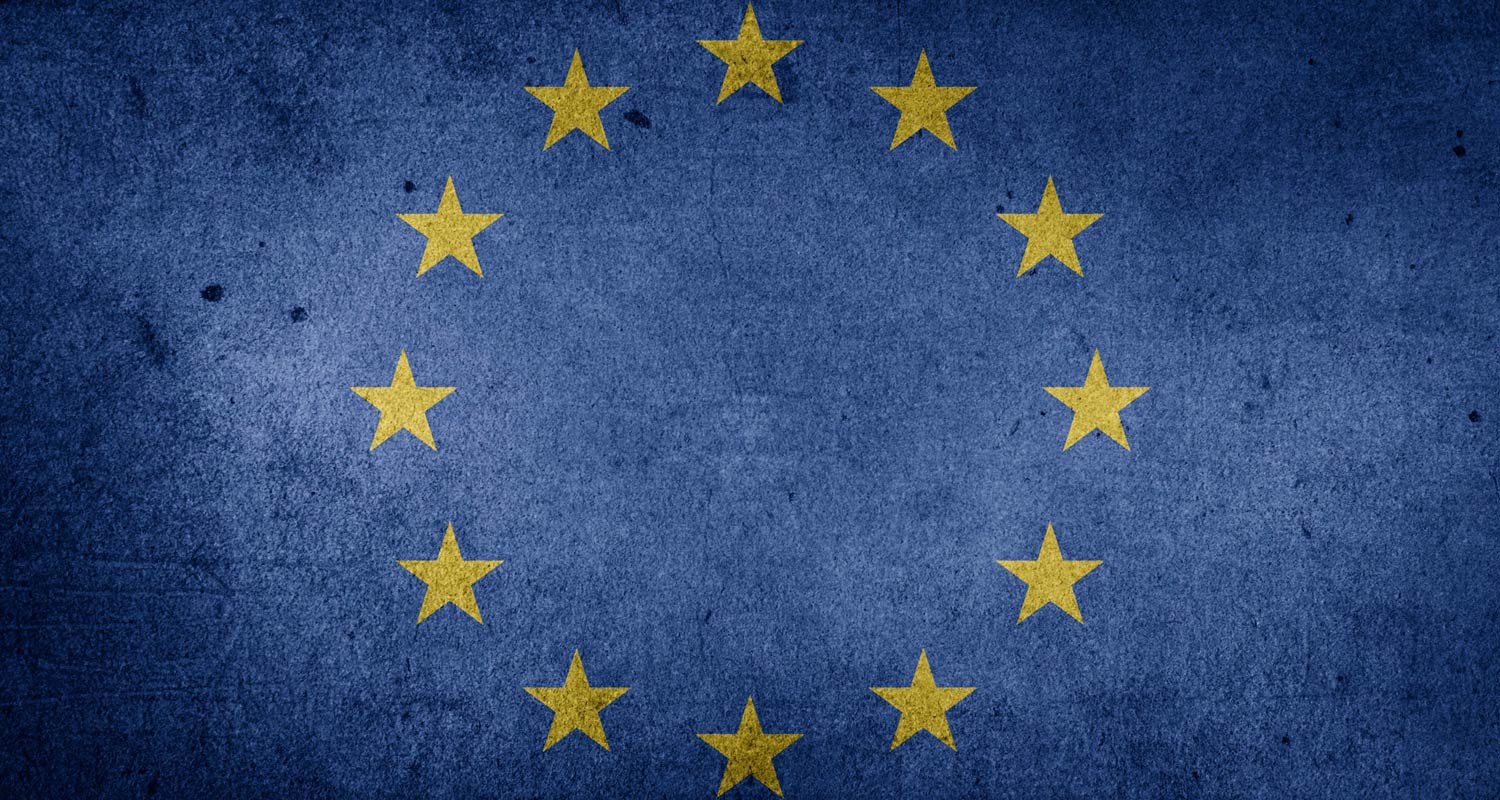
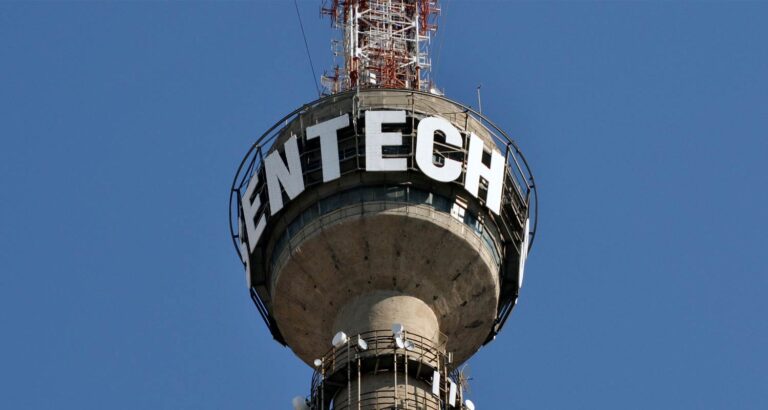
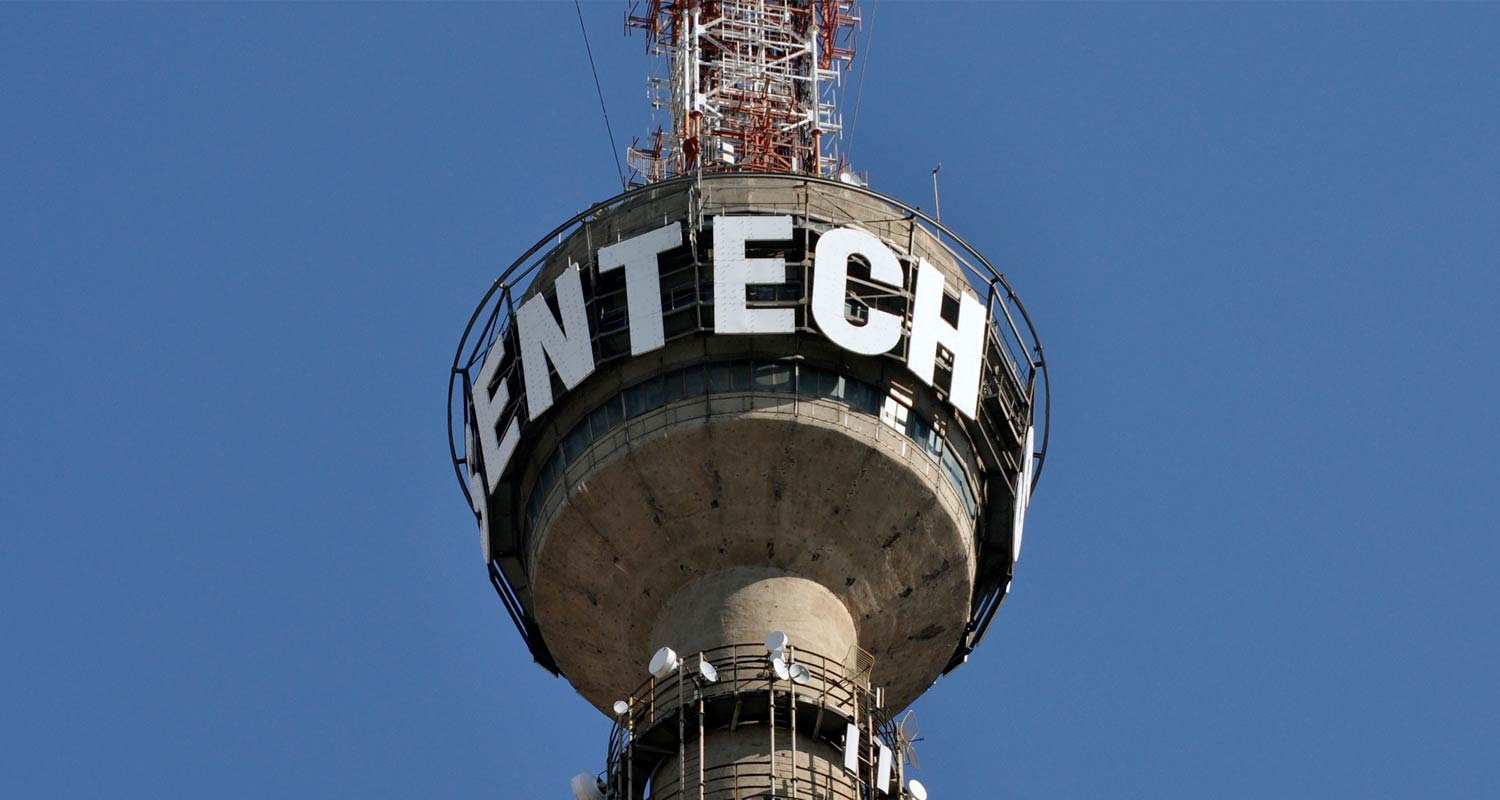
 The threat to the SABC comes as the public broadcaster faces a funding crisis. After
The threat to the SABC comes as the public broadcaster faces a funding crisis. After 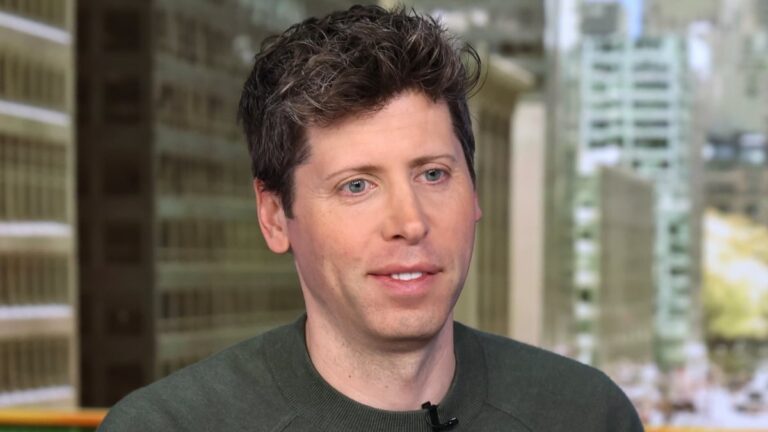

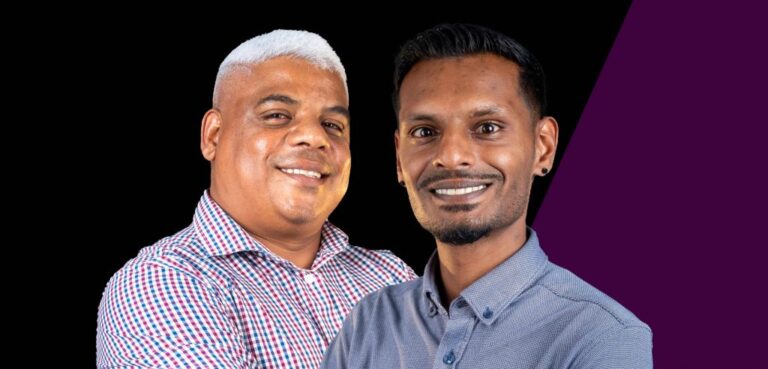
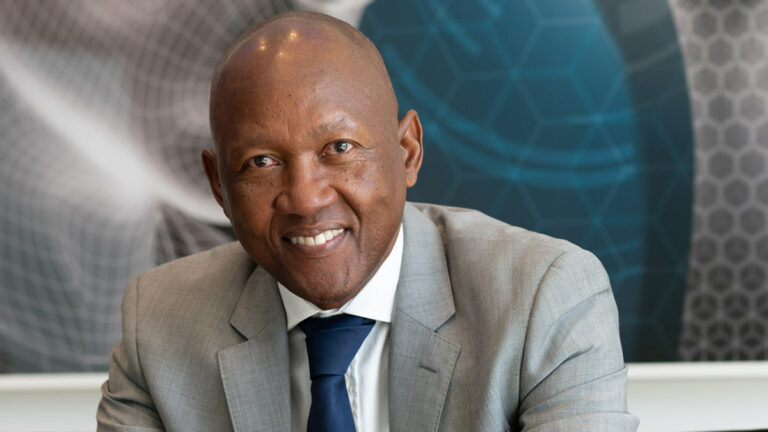
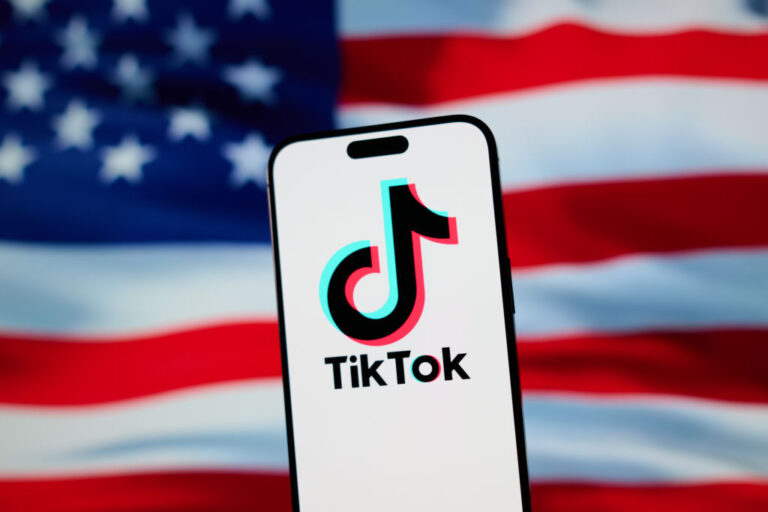

 Elon Musk-owned satellite broadband internet service provider Starlink will begin beta-testing its direct-to-mobile service on Monday for a project that could shake up the global telecommunications industry.
Elon Musk-owned satellite broadband internet service provider Starlink will begin beta-testing its direct-to-mobile service on Monday for a project that could shake up the global telecommunications industry. Speaking to journalists last November, MTN Group CEO Ralph Mupita said MTN was “very aware” of the challenges of having to compete as a fixed and wireless operator with LEO satellites.
Speaking to journalists last November, MTN Group CEO Ralph Mupita said MTN was “very aware” of the challenges of having to compete as a fixed and wireless operator with LEO satellites.